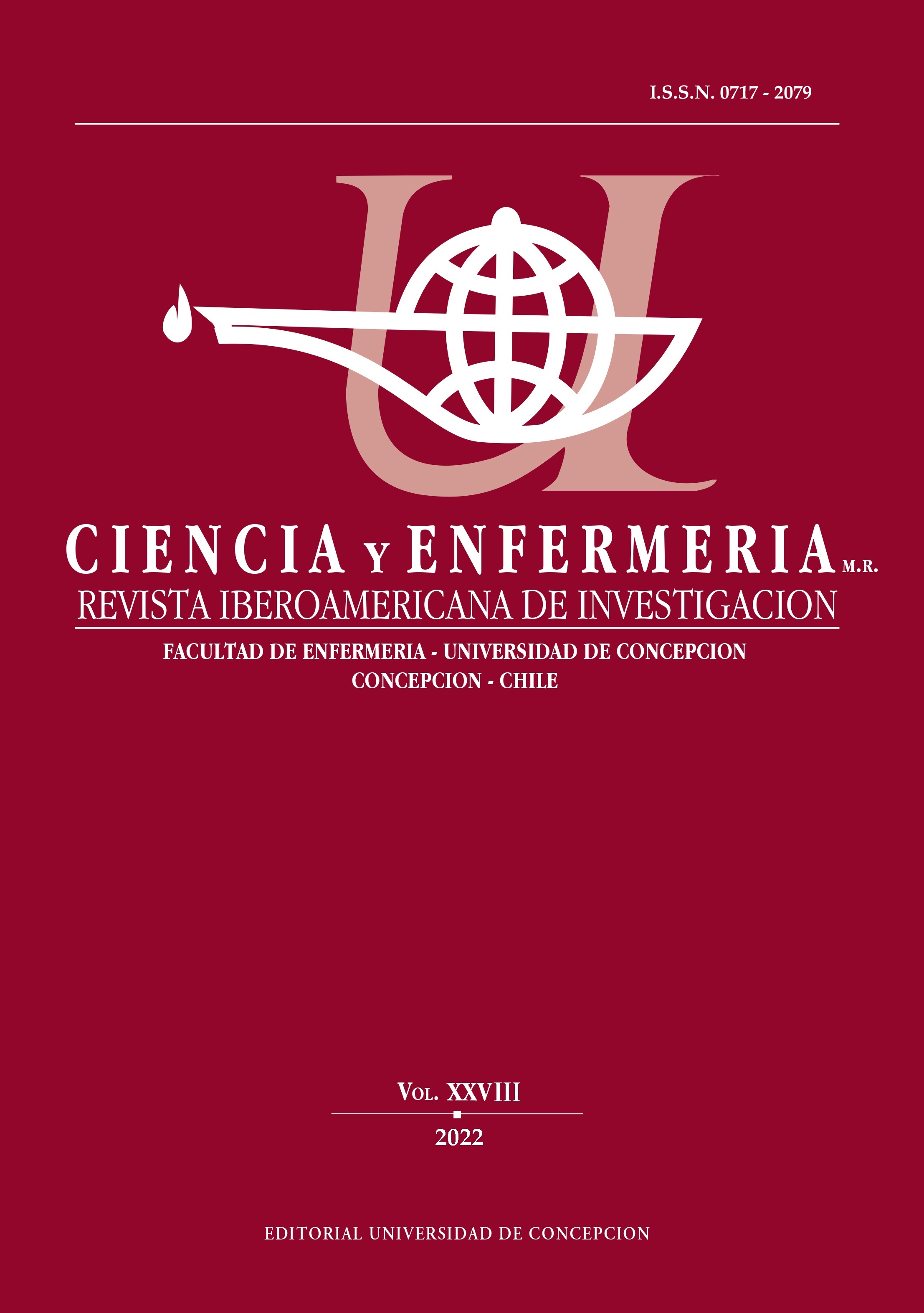EFFECT OF A TELENURSING INTERVENTION IN THE CONTEXT OF THE PANDEMIC TO PREVENT CHILDHOOD ANEMIA: PILOT STUDY IN LAMBAYEQUE, PERÚ
DOI:
https://doi.org/10.29393/CE28-29EILR50029Abstract
Objective: To evaluate the effect of a telenursing intervention in the context of the pandemic to prevent childhood anemia in Peru. Material and Method: Pilot, analytical, quasi-experimental study with pre- and post-test. The sample consisted of 60 mothers from a primary health care facility in Lambayeque, Peru, who were selected at convenience and then assigned to a control group (30) and an experimental group (30), with the latter being subjected to a 4 months telenursing intervention. The effect was measured by comparing the average hemoglobin and dietary iron intake before and after the intervention. Hemoglobin level was determined biochemically through blood analysis. Dietary iron intake was collected through telephone interviews following a 24-hour recall. Results: The average hemoglobin level in the experimental group did not show significant differences between the beginning and the end of the intervention (p= 0.199); whereas in the control group, the average hemoglobin level showed significant differences between the beginning and the end of the intervention (p= 0.013). The average dietary intake of iron among the children of the control group (p= 0.049) and the experimental group (p= 0.000) had a significant difference between the beginning and the end of the intervention. Conclusion: The children who received the telenursing intervention suffered no anemia and the dietary iron intake increased, thus corroborating that telenursing programs have the potential of offering more information on nutrition, favoring the health of the child, the mother and the family.
Downloads
Published
How to Cite
Issue
Section

This work is licensed under a Creative Commons Attribution 4.0 International License.










